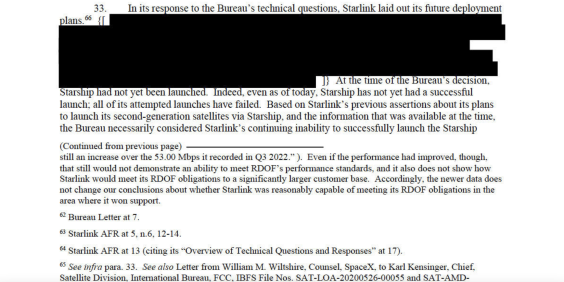This is not investment advice. The author has no position in any of the stocks mentioned. Wccftech.com has a disclosure and ethics policy.
With the historic Artemis 1 mission entering its tenth day, the National Aeronautics and Space Administration (NASA) successfully conducted a crucial maneuver to insert the Orion spacecraft into its target orbit. NASA launched Orion on the Space Launch System (SLS) earlier this month, and the mission will test the spacecraft's systems to determine if any issues are present before a crewed flight takes place on the Artemis 2 mission. Orion's target orbit is the distant retrograde orbit (DRO) and this orbit is exclusive to the Artemis 1 mission only as it serves to let NASA understand the mechanics of working with the orbit that will be followed in part by the agency's lunar Gateway space station.
NASA's Orion Spacecraft On Its Way To Set New Record For A Human Spaceship's Distance From Earth
Today's burn was a translation burn (dubbed the distant retrograde orbit insertion burn )to place Orion into the DRO, and it came after the spacecraft exited the Moon's sphere of influence earlier this week on November 22nd. Orion's journey to the Moon has seen the spaceship come within 81 miles of the lunar surface on November 21st, as part of the flyby maneuver that started its DRO journey.
The burn lasted for one minute and twenty eight seconds, and it took place when the spaceship was a little more than 57,000 miles away from the lunar surface and roughly 238,000 miles away from Earth. As the burn ended, Orion was traveling at 2,254 miles per hour. The burn will see Orion reach a considerable distance away from Earth - farther than any spacecraft that is designed for humans has been - with NASA expecting it to set a new record of 272,514.9 miles.
The previous record was set during the Apollo 13 mission, which saw the vehicle go as far as 248,655 miles away from Earth. Orion is expected to break the new record at 08:40 EST tomorrow and reach the maximum distance on the 28th of November. Close to ten minutes after the burn, flight controllers in Houston confirmed that it was successful.


2 of 9
The DRO lets NASA plan out its future operations. As part of the Artemis program, the space agency will place a Gateway space station around the Moon. This station is crucial for lunar landings since it will see SpaceX's Starship lunar lander dock to it for a crew transfer. Orion can not land on the lunar surface, which then creates the need for a separate lander.
Explaining the purpose of the Gateway and its orbit, NASA's gateway acting vehicle system integration manager, Ms. Debra Lubdan outlined that the space station will be placed in a near rectilinear halo orbit. This orbit is a combination of the Artemis 1 mission's DRO and what is called a low lunar orbit. The latter goes around the center of the Moon and provides easier access, while the former offers greater stability to let NASA save fuel. The low lunar orbit lets the Gateway get as close as 90 miles to the lunar surface, and the overall orbit takes six and a half days to complete its journey around the Moon, according to Ms. Lubdan.
Talking about the Gateway's significance for longer duration missions, particularly those for Mars, she added:
Gateway is imperative in figuring out how we do a sustainable lunar mission. The Gateway is crew-tended, it is not crew habitation all year around. We have crew there for about a month at a time, and for our longer missions, the farther we get away from Earth, the more independent these systems have to be. So we utilize the time on Gateway and learning more about what our systems will do, what our people will do, and it's also a great staging point for future missions. We could actually launch a Mars mission from a system at Gateway, do all of the staging, all the checkouts there, and then have it move on to Mars.
Gateway will also let NASA study how systems that are not tended by humans for a long time period behave in space.
Orion will leave the DRO on the 30th, and start preparing for its journey back to Earth, with a splashdown planned for December 11th.













